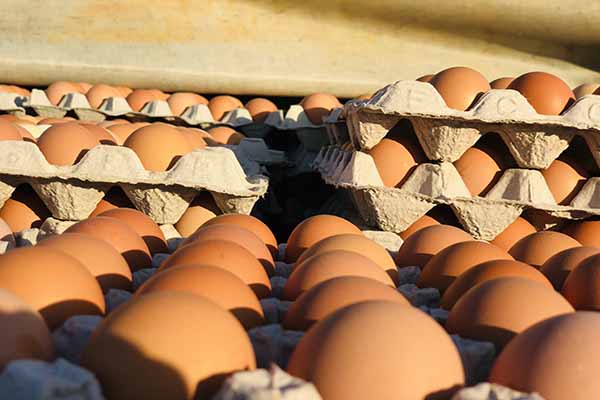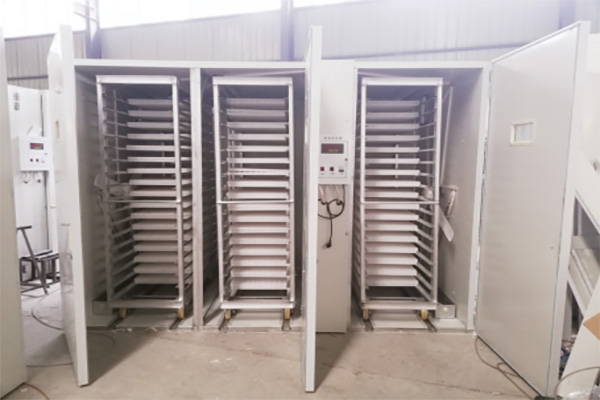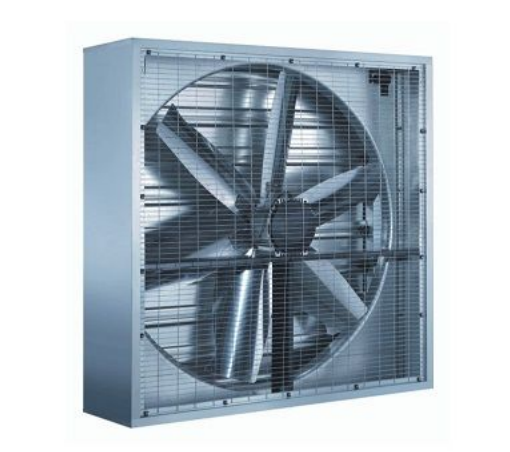
In the realm of modern egg production, the choice of cage systems plays a pivotal role in determining the efficiency, sustainability, and welfare of laying hens. The H-type stacked laying hen cage has emerged as the preferred option for medium to large-scale commercial farms. This article delves into the structural merits of H-type cages and their far - reaching implications for animal welfare.
One of the most significant advantages of H-type cages is their remarkable space utilization. Compared to traditional flat cages, H-type cages can increase space efficiency by over 30%. In a medium to large - scale farm, where every square foot counts, this increase in space utilization can lead to a substantial reduction in the overall footprint of the farm. For instance, a farm that previously housed 10,000 hens in a traditional cage system could potentially house 13,000 hens in an H-type cage system without expanding the building area. This not only saves on construction and land costs but also streamlines the management of the farm.

The H-type structure has a profound impact on rearing density, ventilation paths, and lighting distribution. According to industry research, the unique design of H-type cages allows for a more reasonable rearing density, which can be increased by up to 20% compared to traditional cages without compromising the well - being of the hens. Regarding ventilation, the vertical structure of H-type cages creates natural ventilation channels, ensuring a more uniform air distribution throughout the cage. This reduces the risk of ammonia build - up and respiratory diseases among the hens. In terms of lighting, H-type cages can provide more even light distribution, which is crucial for the normal physiological functions of hens, such as hormone regulation and circadian rhythm maintenance.
| Cage Type | Rearing Density | Ventilation Efficiency | Lighting Uniformity |
|---|---|---|---|
| Traditional Flat Cage | Low | Uneven | Poor |
| H-type Cage | Up to 20% higher | More uniform | Better |
H-type cages are often equipped with automated feeding, manure cleaning, and egg collection systems. These systems significantly simplify the operation process, reduce labor input, and enhance management efficiency. For example, the automated feeding system can precisely control the amount and timing of feed delivery, ensuring that each hen receives the right amount of nutrition. The automated manure cleaning system can remove manure in a timely manner, reducing the risk of disease transmission and improving the overall hygiene of the farm. The automated egg collection system can gently collect eggs, minimizing egg breakage and improving the quality of the eggs. Overall, these automation systems can reduce labor costs by up to 40% in a medium to large - scale farm.

From the perspective of animal welfare, the H-type design has many benefits. According to avian ethology research, "H-type cages provide a more natural and comfortable living environment for hens, which can reduce stress and promote natural behaviors such as perching and dust - bathing." The H-type design increases the activity space for the hens, allowing them to move more freely. This reduces stress reactions and promotes the health of the hens. As a result, the egg - laying rate can be increased by up to 15%, and the overall health of the hens can be significantly improved.
To further illustrate the advantages of H-type cages, let's look at a real - world example. A medium - sized farm in the Midwest of the United States switched from traditional flat cages to H-type cages. Before the transformation, the farm faced issues such as high labor costs, uneven egg - laying rates, and poor hen health. After the installation of H-type cages, the farm saw a 35% increase in space utilization, a 30% reduction in labor costs, and a 12% increase in the egg - laying rate. The hens also showed fewer signs of stress and better overall health.

In conclusion, H-type cages offer a scientific, efficient, and sustainable solution for large - scale egg production. They not only enhance efficiency and reduce risks but also promote scientific farming practices. If you are interested in learning more about how H-type cages can transform your egg - laying operation, click here to explore the full range of benefits.

